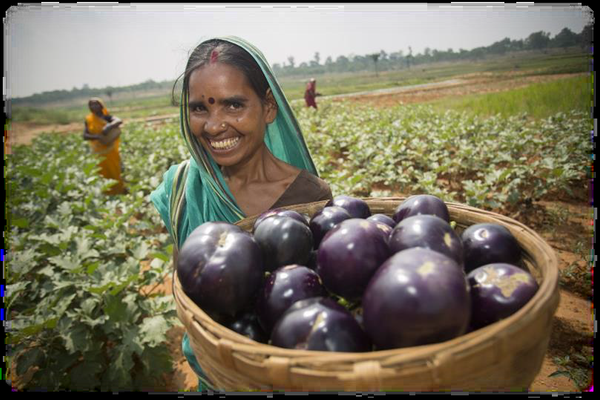
India’s containerized exports with the world witnessed a stable growth of 6% in the first quarter of 2019 propelled by robust performances in refrigerated cargo, engineering and pharmaceuticals sectors, while imports declined slightly in the same quarter registering a market growth of -2.2% in Q1.
The import demand was buoyed by pharmaceuticals, metal, appliances and kitchenware, paper, chemicals and fruit & nuts, mainly from Northern Europe, South Asia, China and Russia. Exports were driven largely by the East and West of India, which both contributed double digits to the growth, with commodities including plastic, rubber, textile, vehicles, and vegetables as the key drivers.
Commenting on the overall growth in containerized trade, Steve Felder, Managing Director Maersk South Asia said, “Enabling and facilitating trade is an integral part of our business, and it contributes to prosperity and development, globally and locally. Considering the tensions in the global trade environment, we are off to a positive start to 2019 on exports, and the market is expected to strengthen after the elections. Indian exporters today, are expanding their geographical range and product diversification, with a visible shift towards higher value-added manufacturing and technology-driven items. Exports have remained strong even as the rupee appreciated against the dollar, which shows a strong demand for Indian exports. The moderation of global containerized trade growth reflects a broad-based slowdown in main economies due to declining growth in private consumption, trade tensions, political risks and financial volatility.”
Export trade with Saudi Arabia, China and Egypt was driven by commodities like plastic and rubber, tile, stone, glass, textiles and seeds, beans, cereals and flour leading the growth curve in dry cargo segment. While vegetables drove refrigerated cargo exports to Saudi Arabia. Imports were primarily driven by Germany, South Korea, and Russia. In contrast to the previous quarter, metal and paper imports saw a decline.
Refrigerated cargo saw a stable 6% growth in exports in Q1 2019, with commodities like vegetables, fruit and nuts, fish, meat, pharmaceuticals and chemicals driving the reefer import-export trade. Saudi Arabia, USA, Germany, Belgium and Spain were among the highest export countries for India’s refrigerated cargo with chemicals, pharmaceuticals, meat and vegetables driving this demand; while Russia (chemicals) and Italy (fruit and nuts) remained the strongest partners from the refer imports standpoint.
Exports from the North and West were chiefly driven by plastic and rubber which saw a double digit growth in Q1 2019, while the South and East region saw a 25% growth in vehicle exports. While Saudi Arabia and United Kingdom were among the top export markets for North and the West regions, South and East of India drove the exports to China. Interestingly, East India saw the highest growth in exports to USA at17% followed by South India at 14%. Commodities exported to the USA include foodstuff, seafood, pharmaceuticals, metal, plastic, rubber and textiles.
* Y-o-Y percentage is comparison of Q1 2019 with same period last year i.e. Q1 2018
**Data Tabulated basis Maersk containerized data



